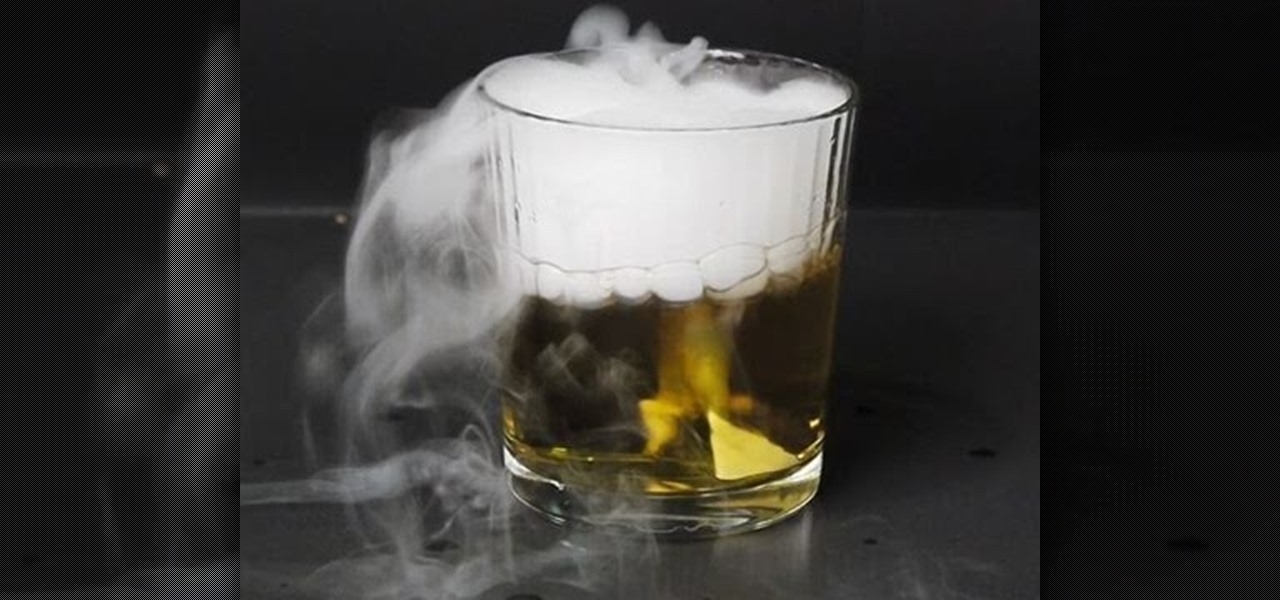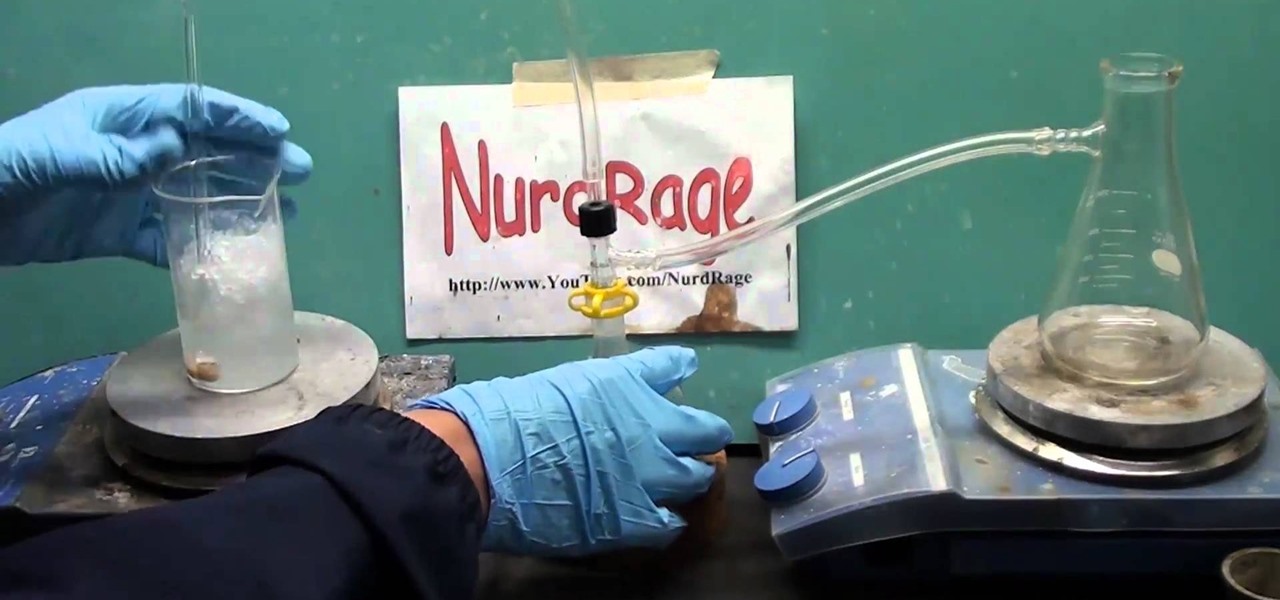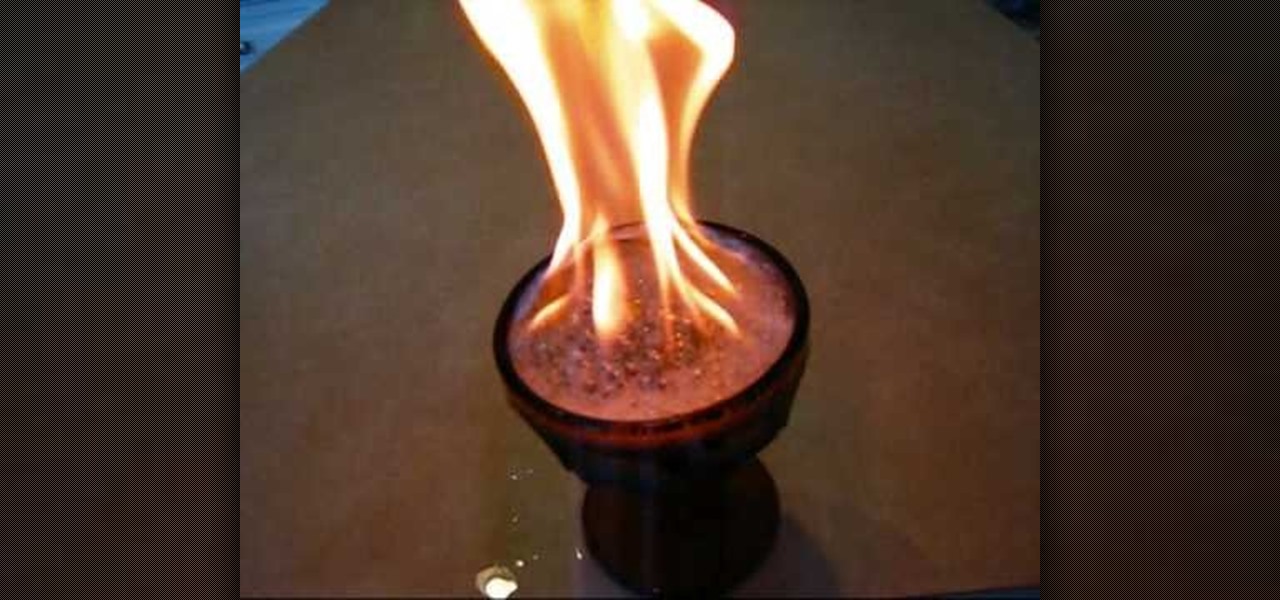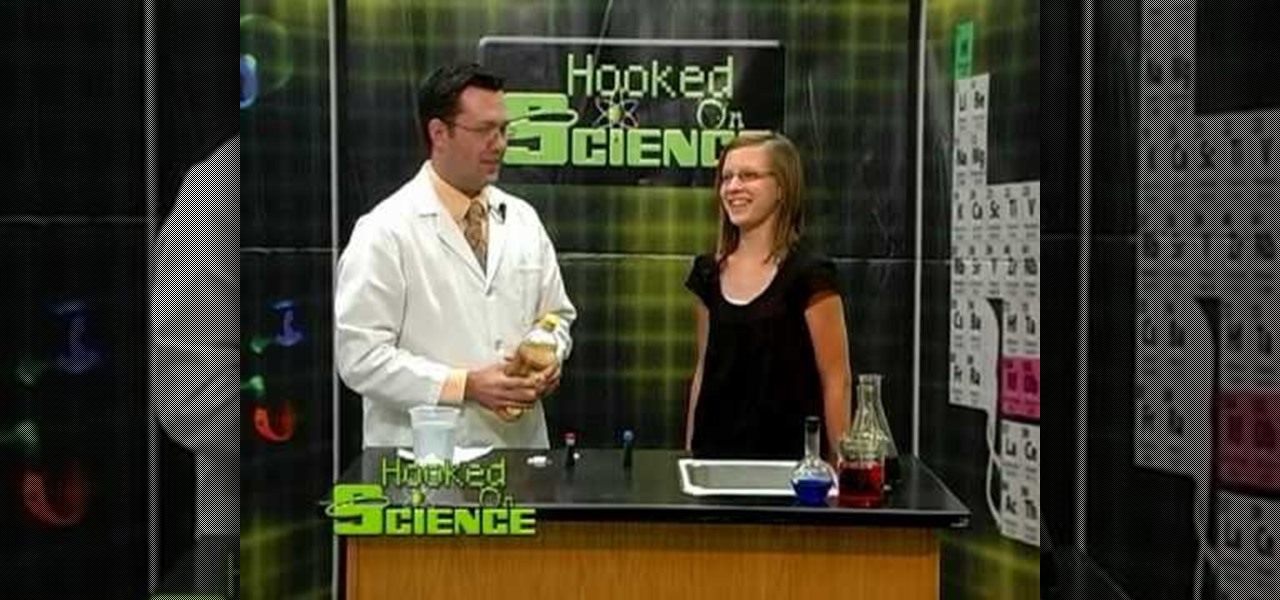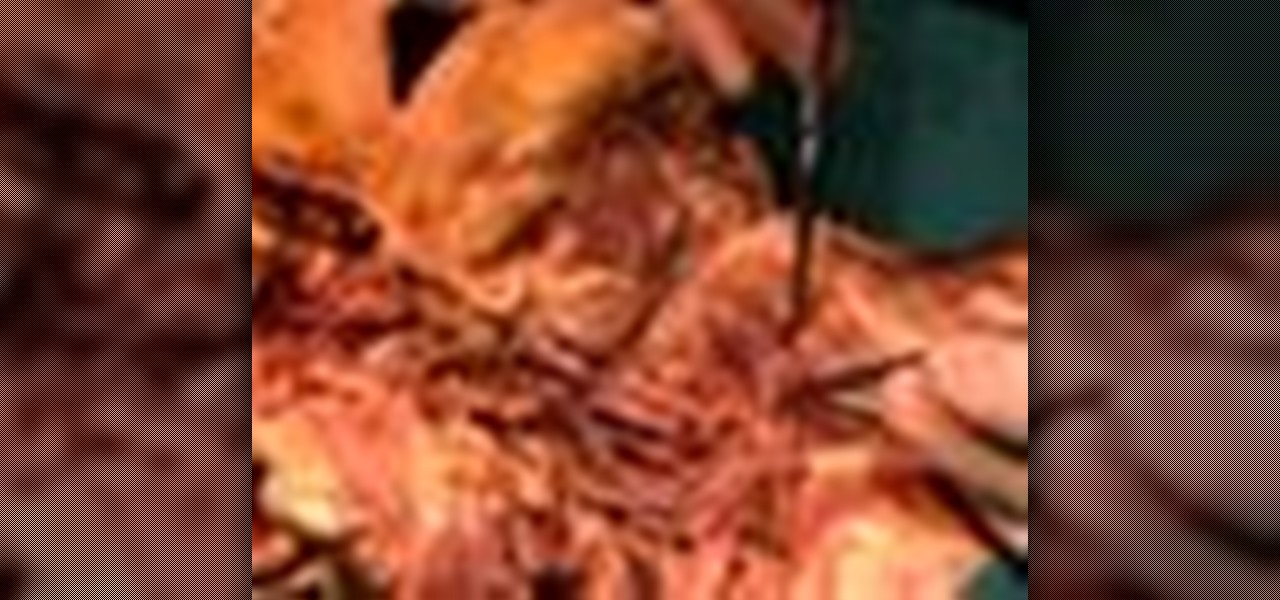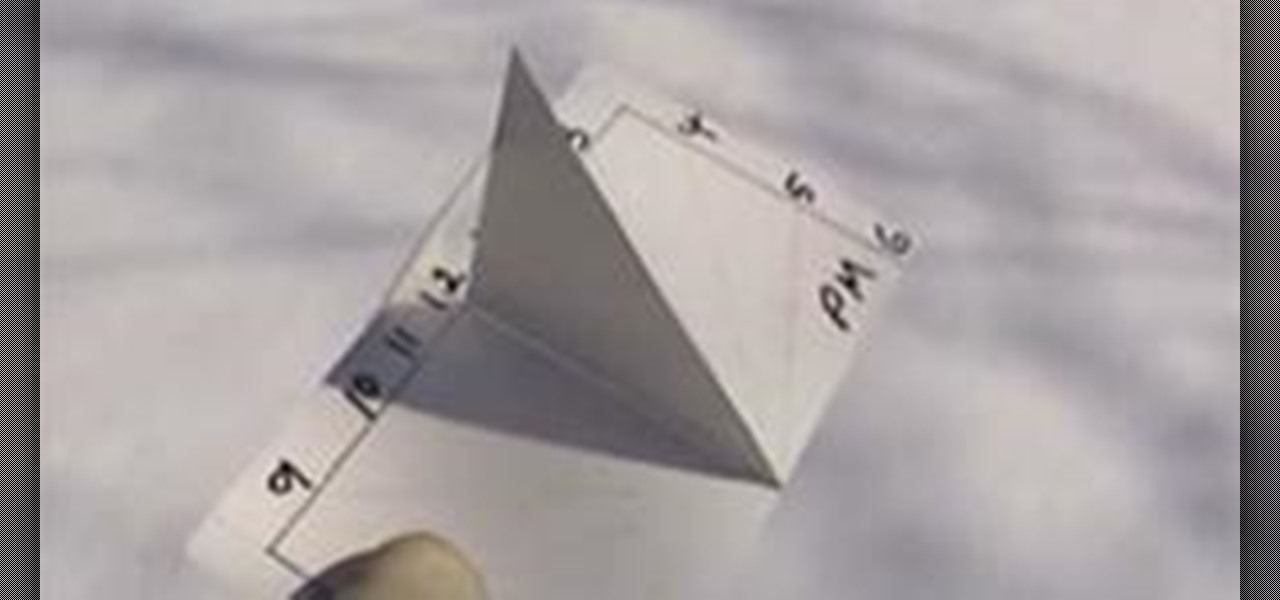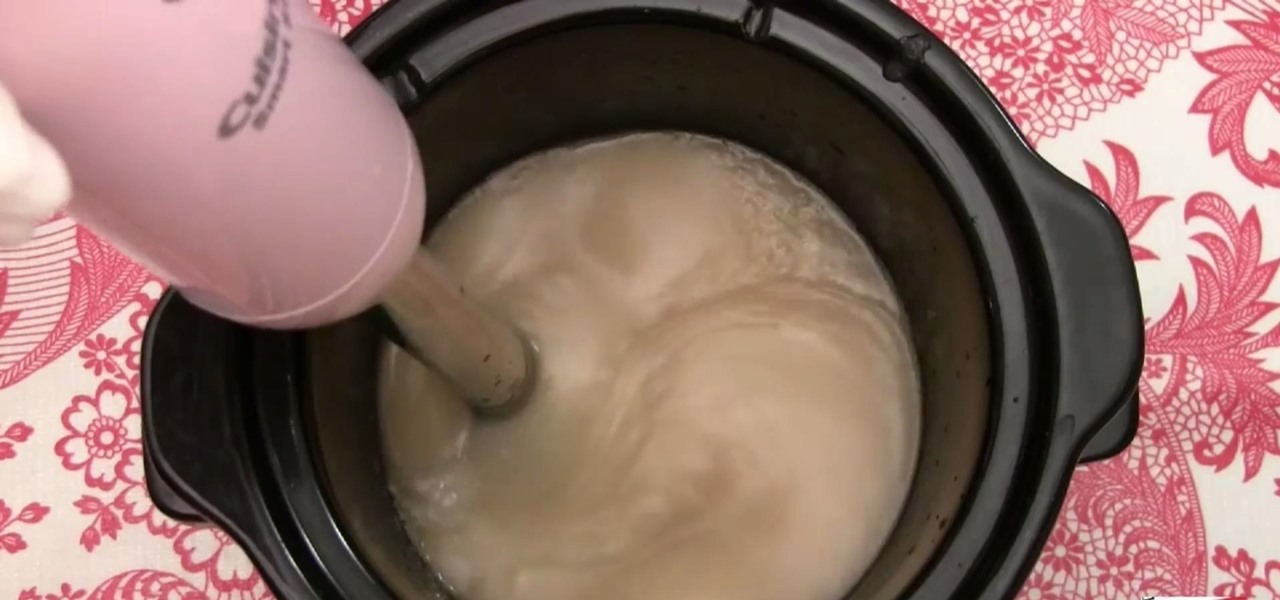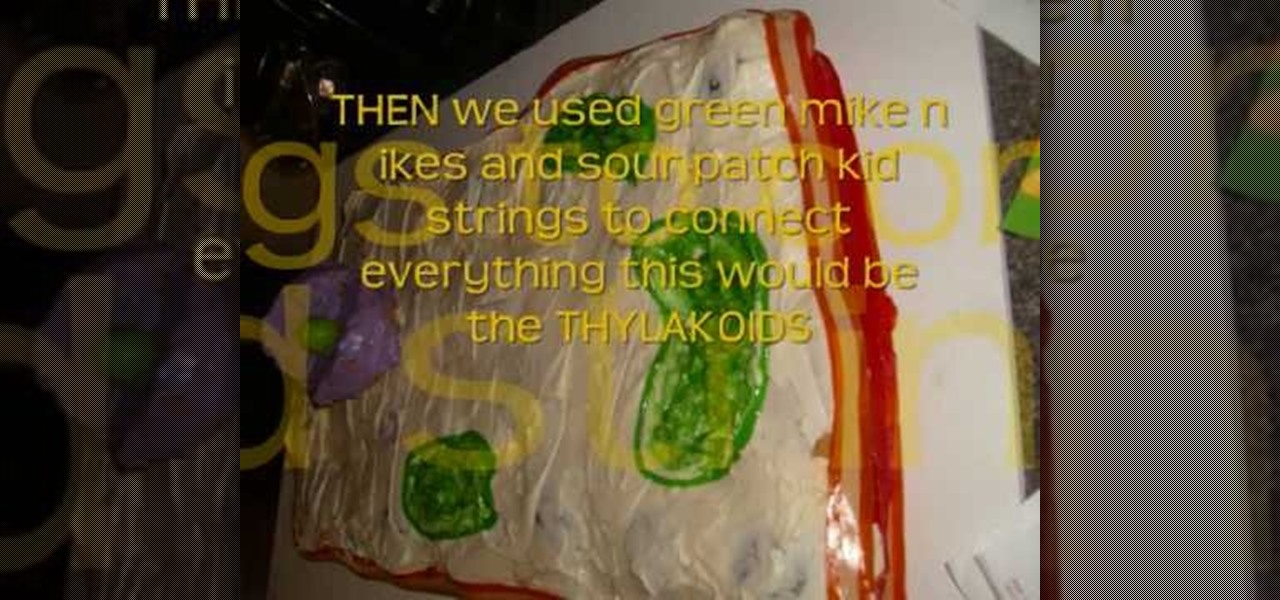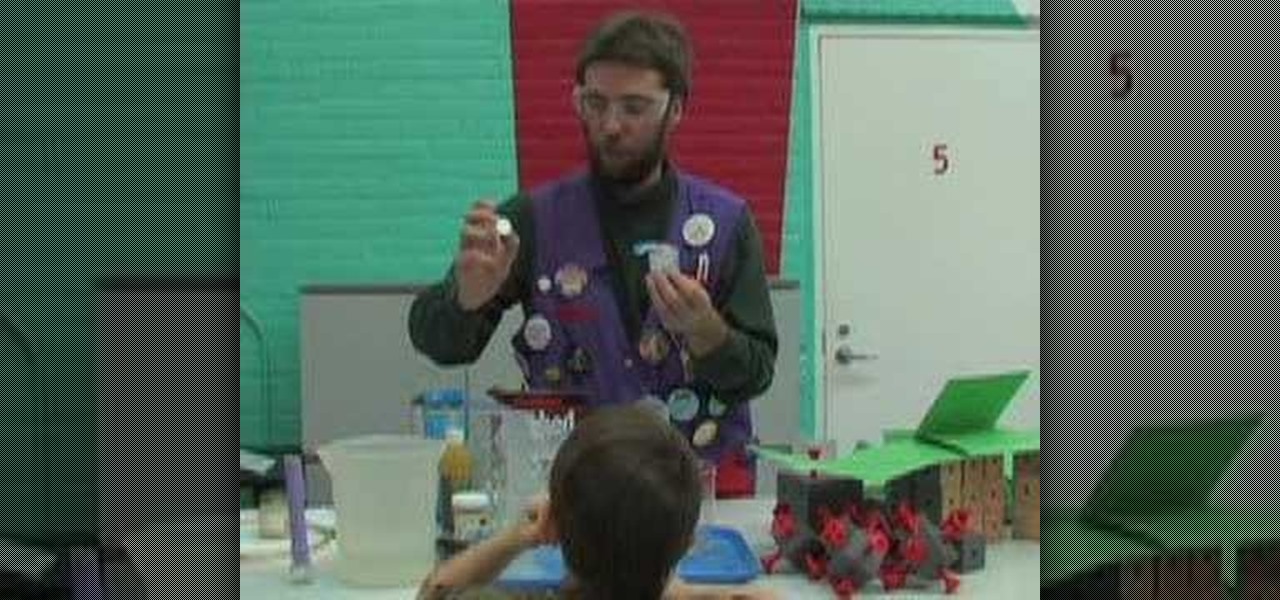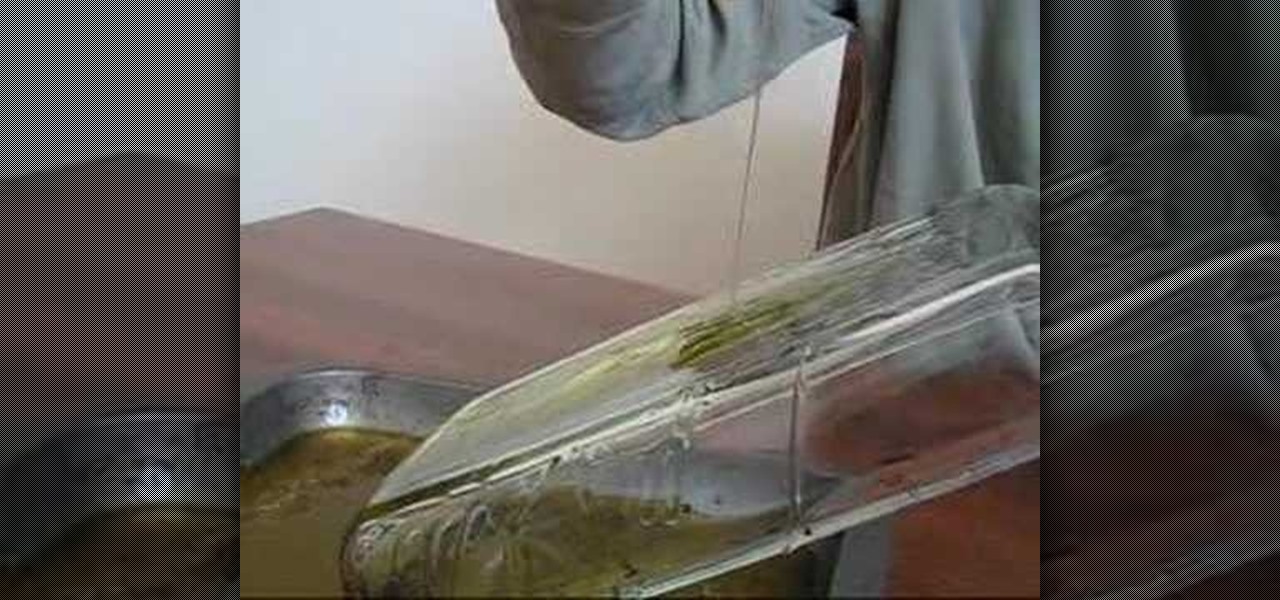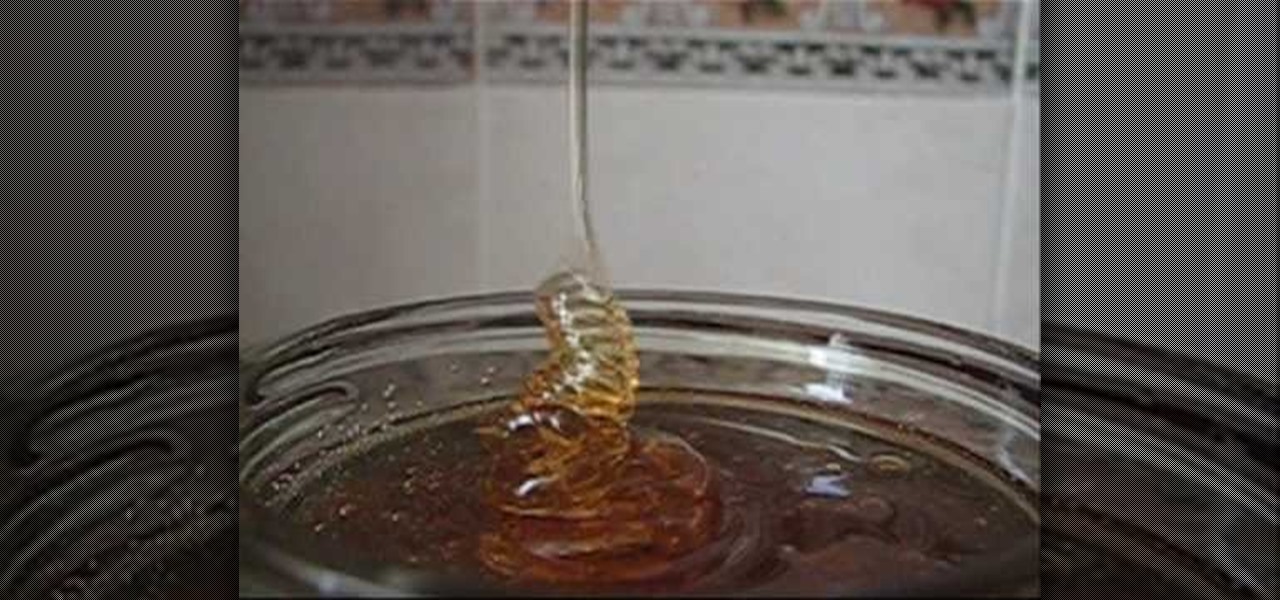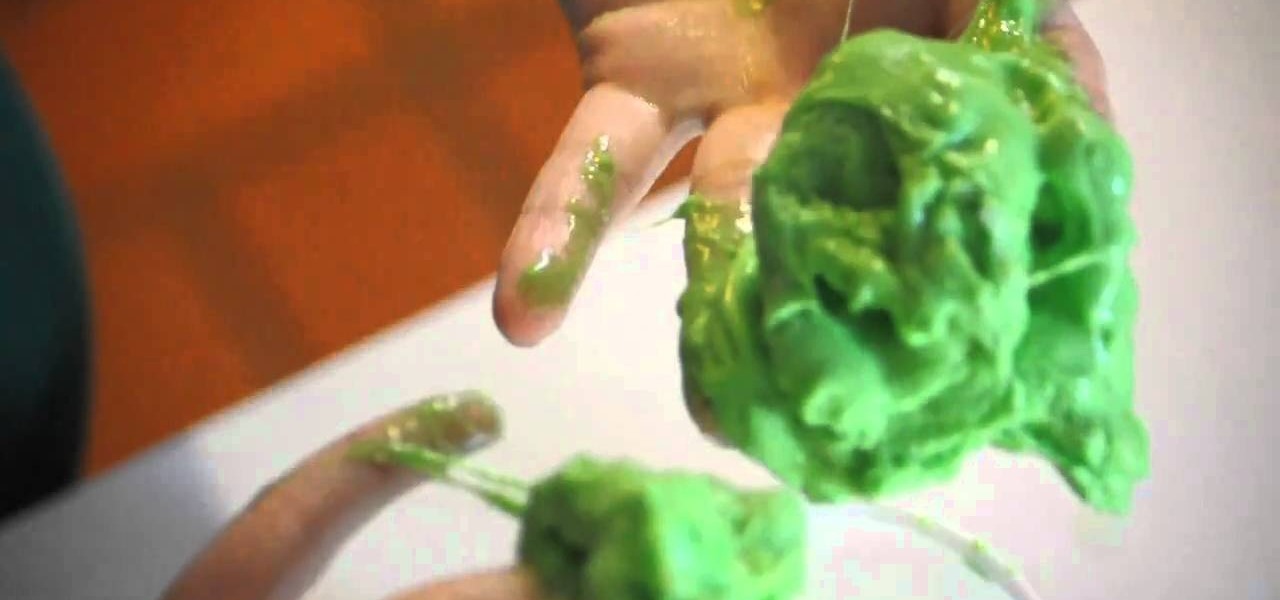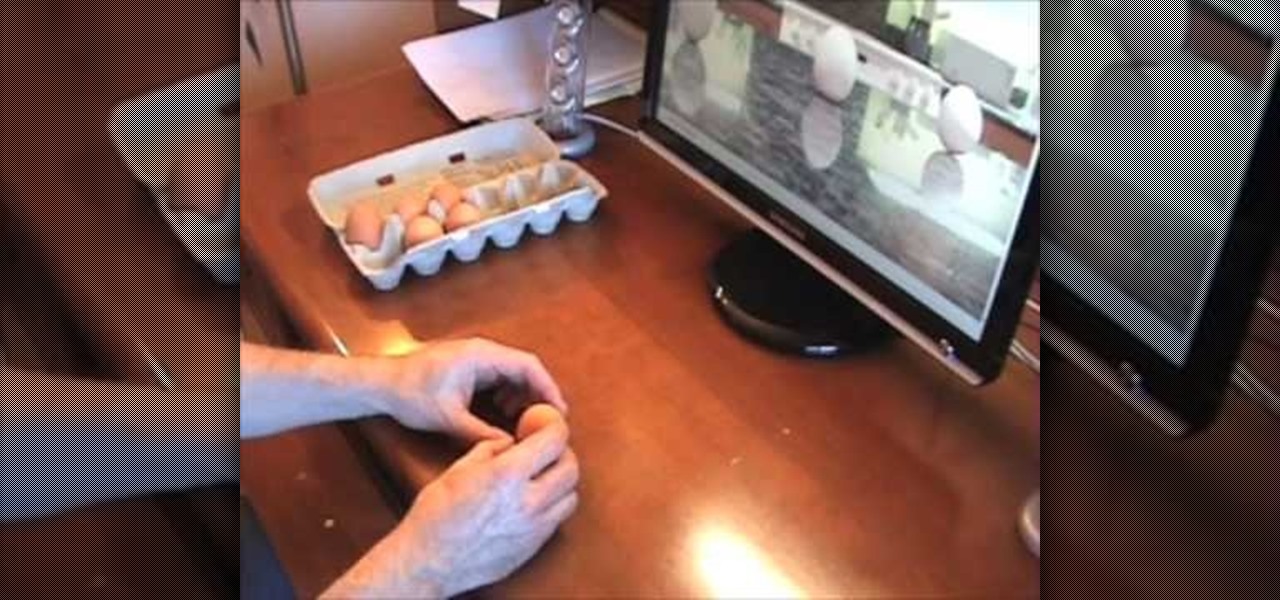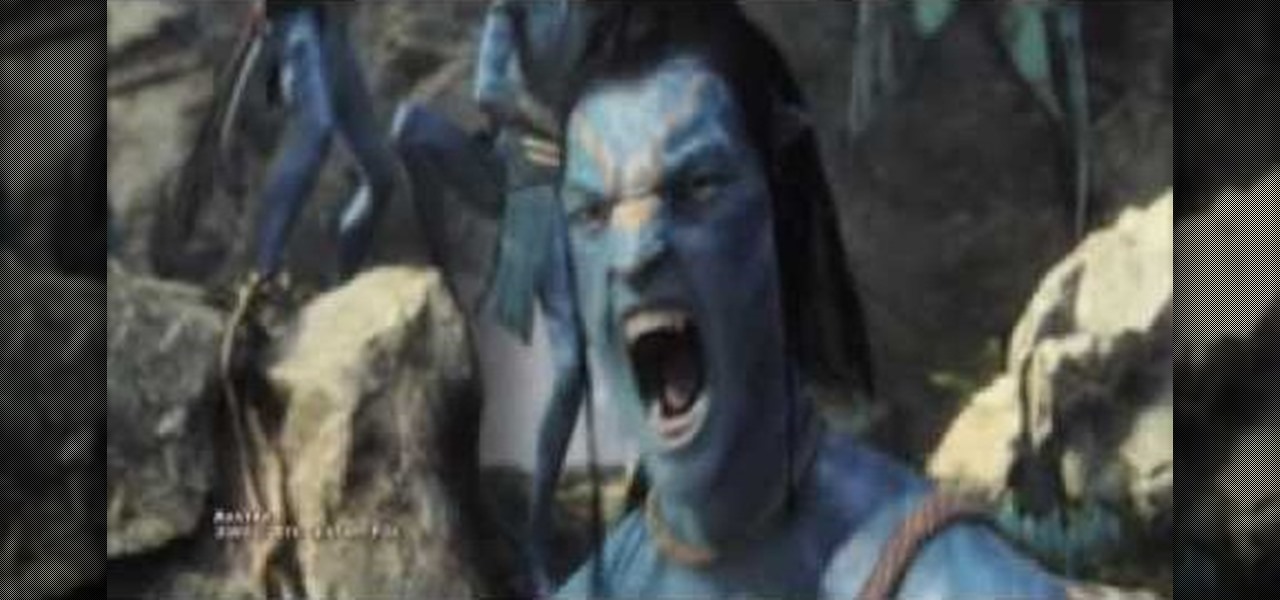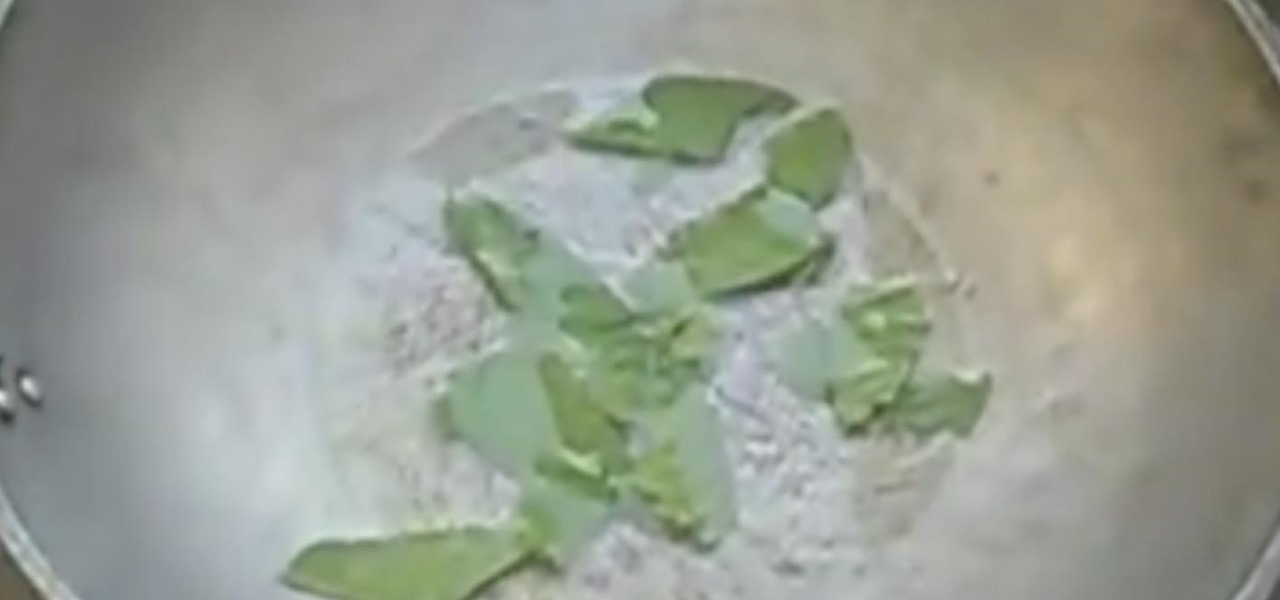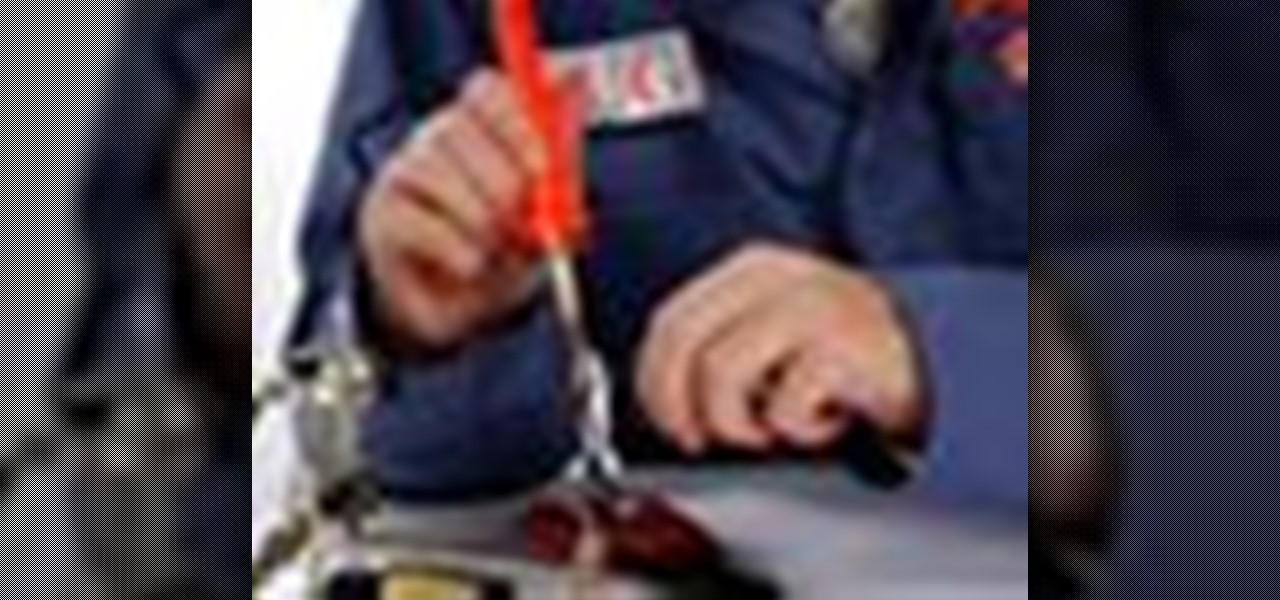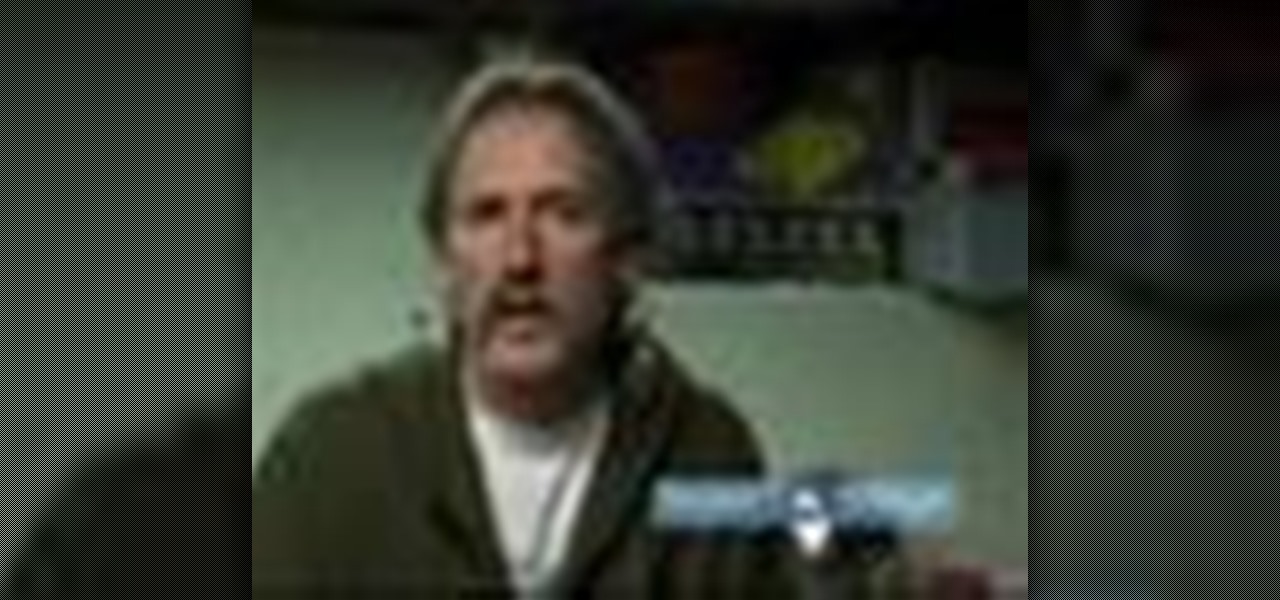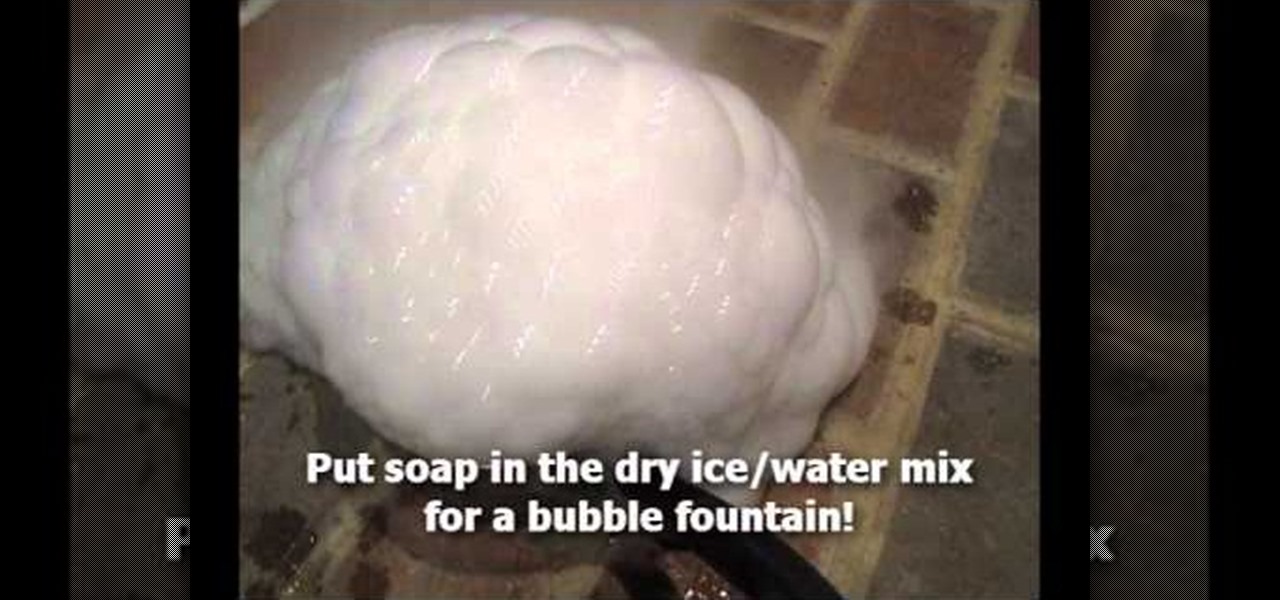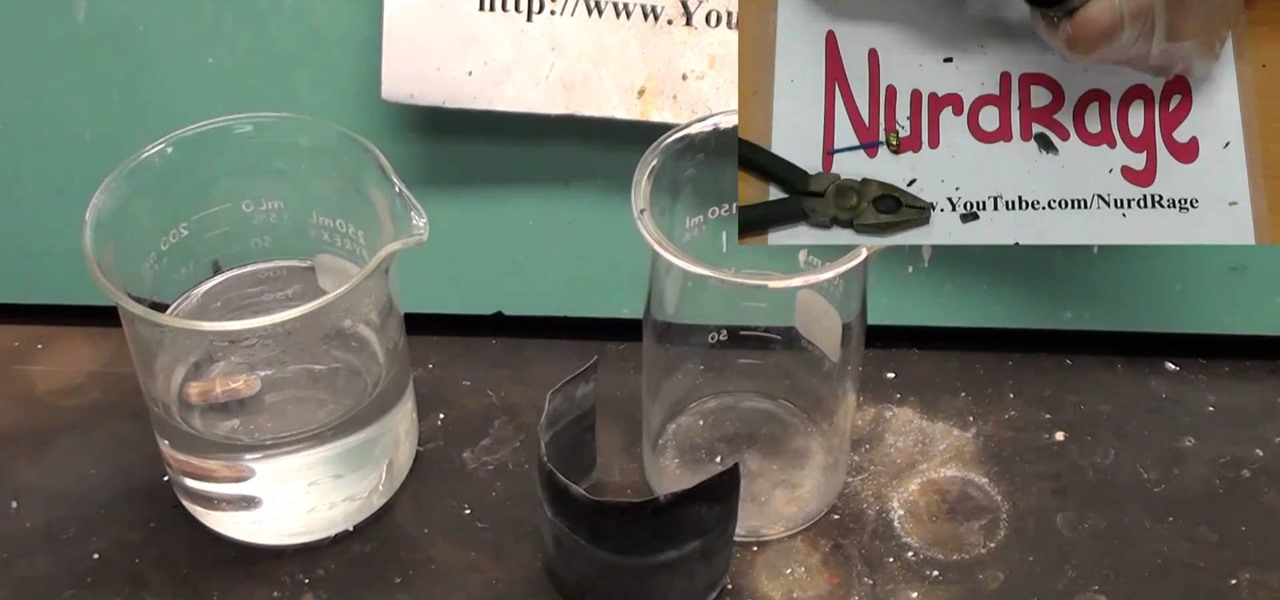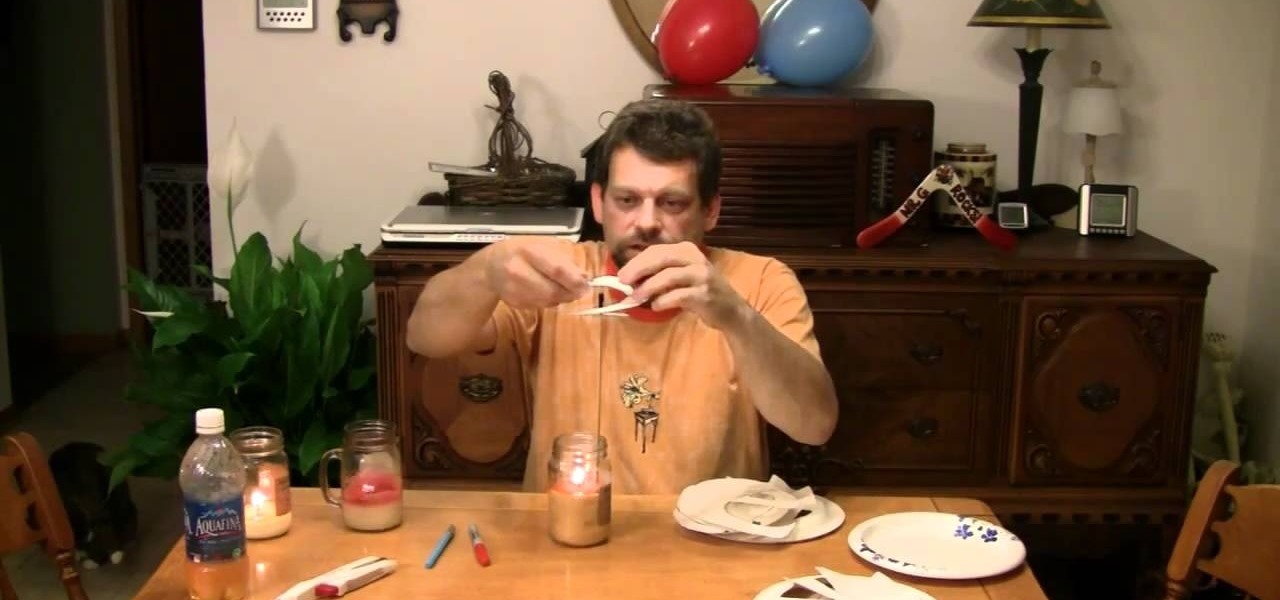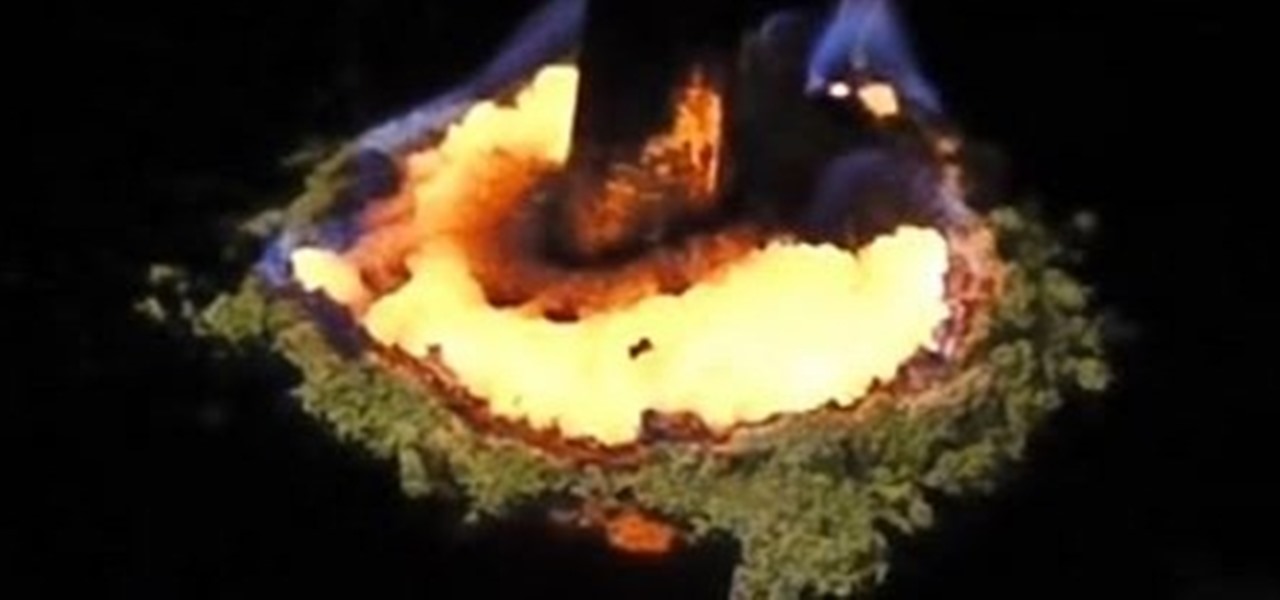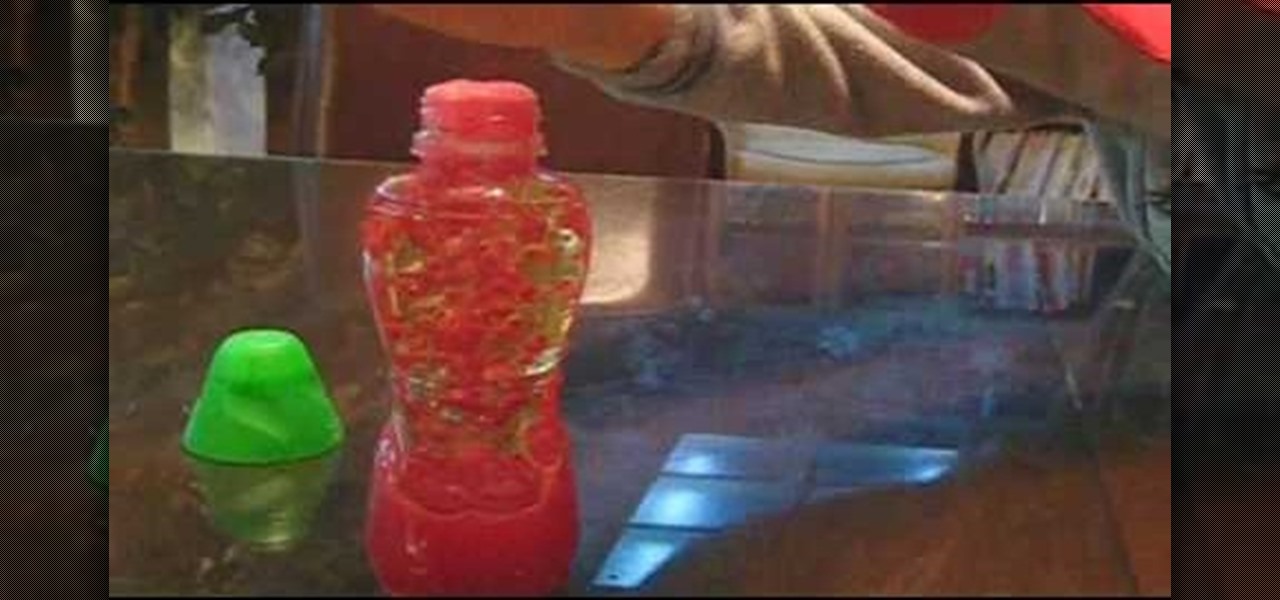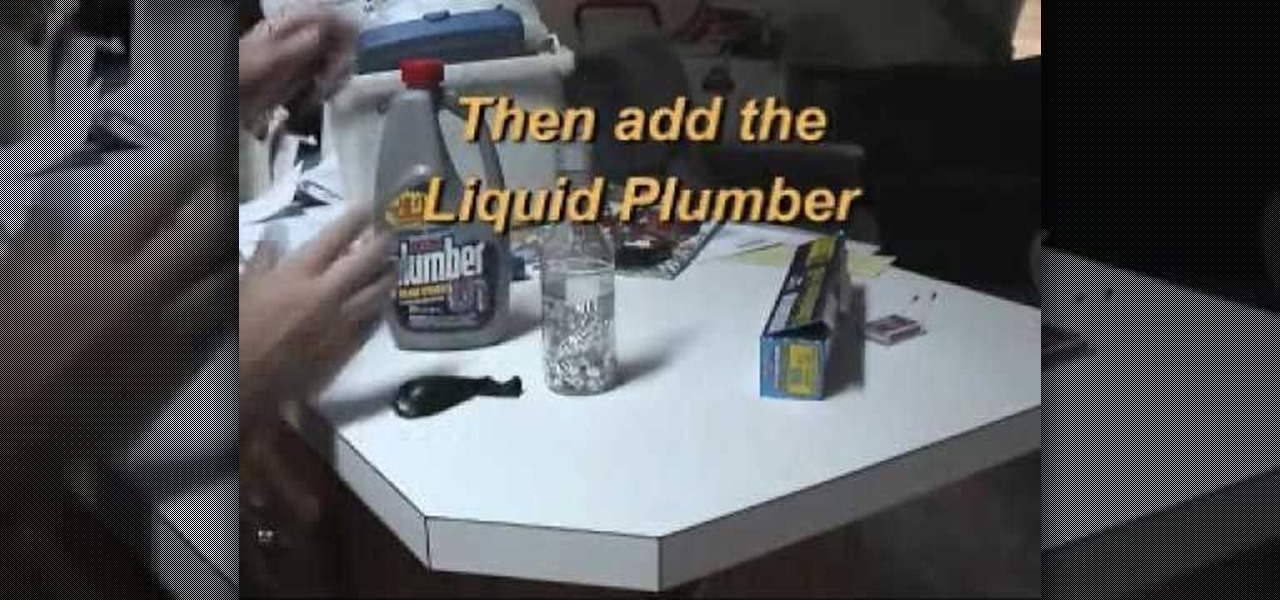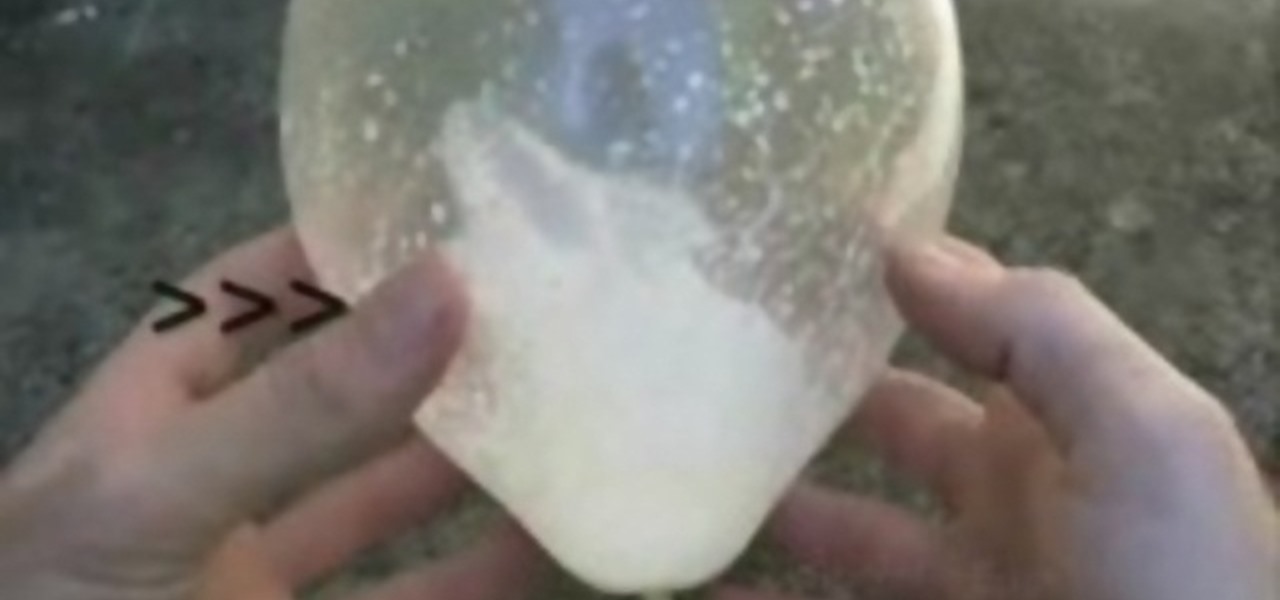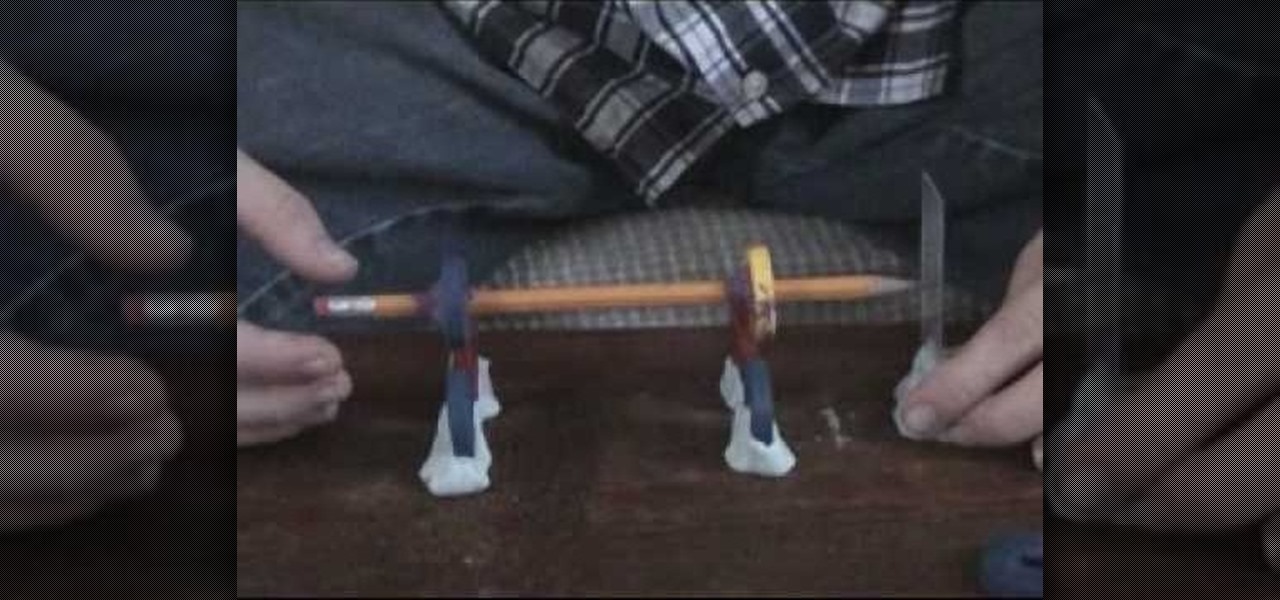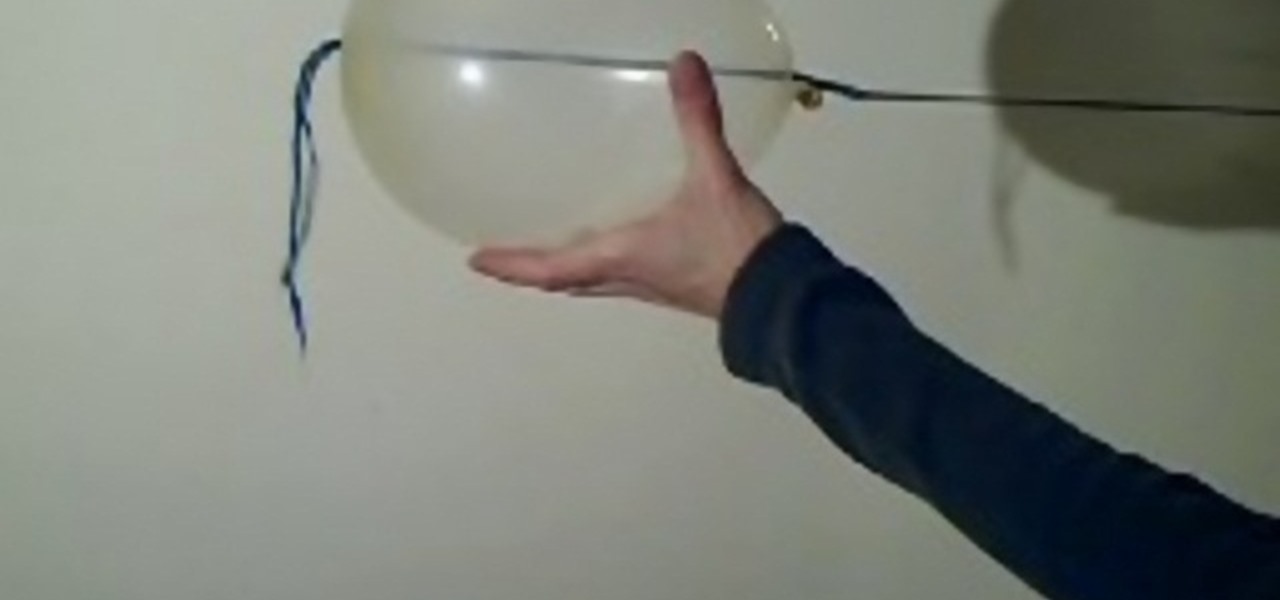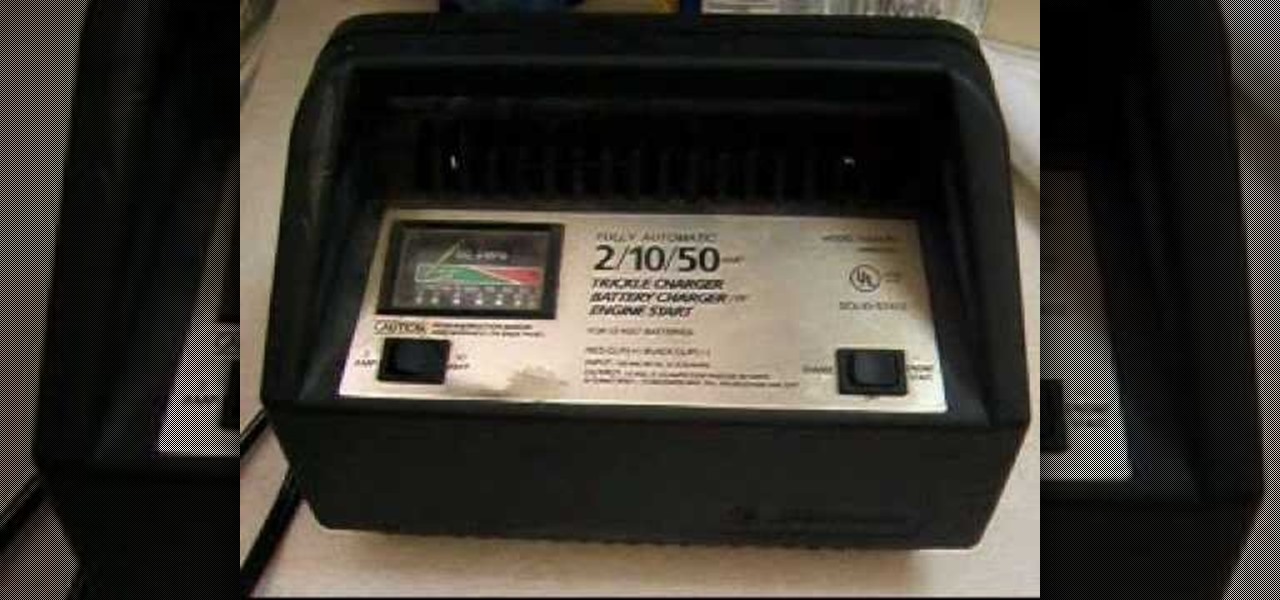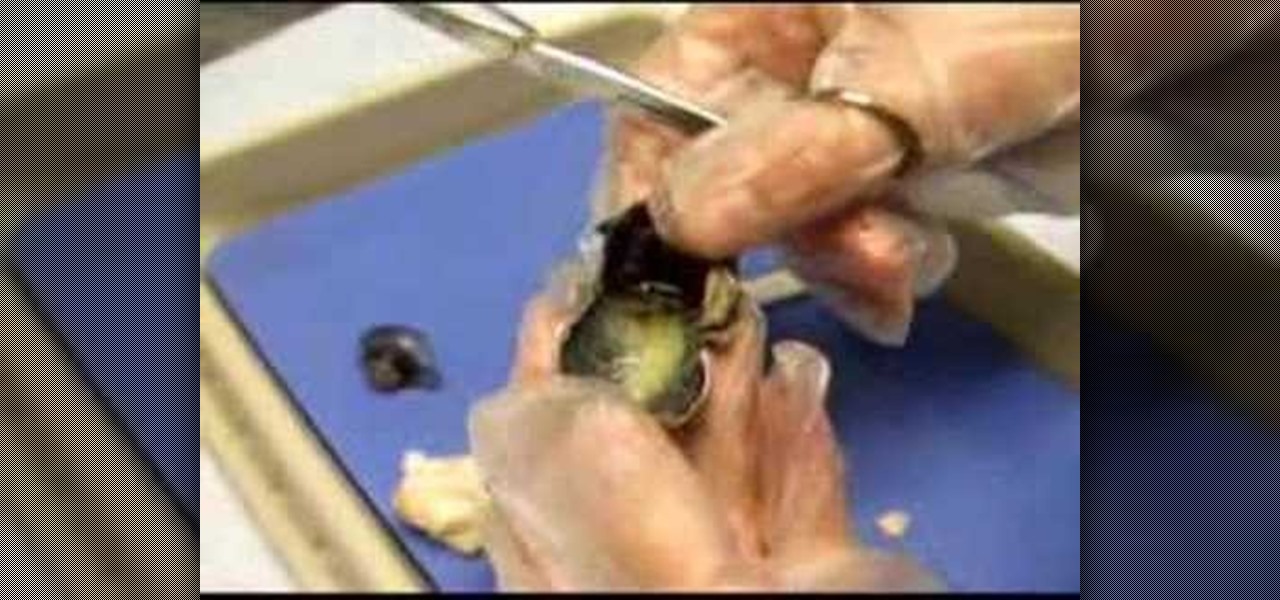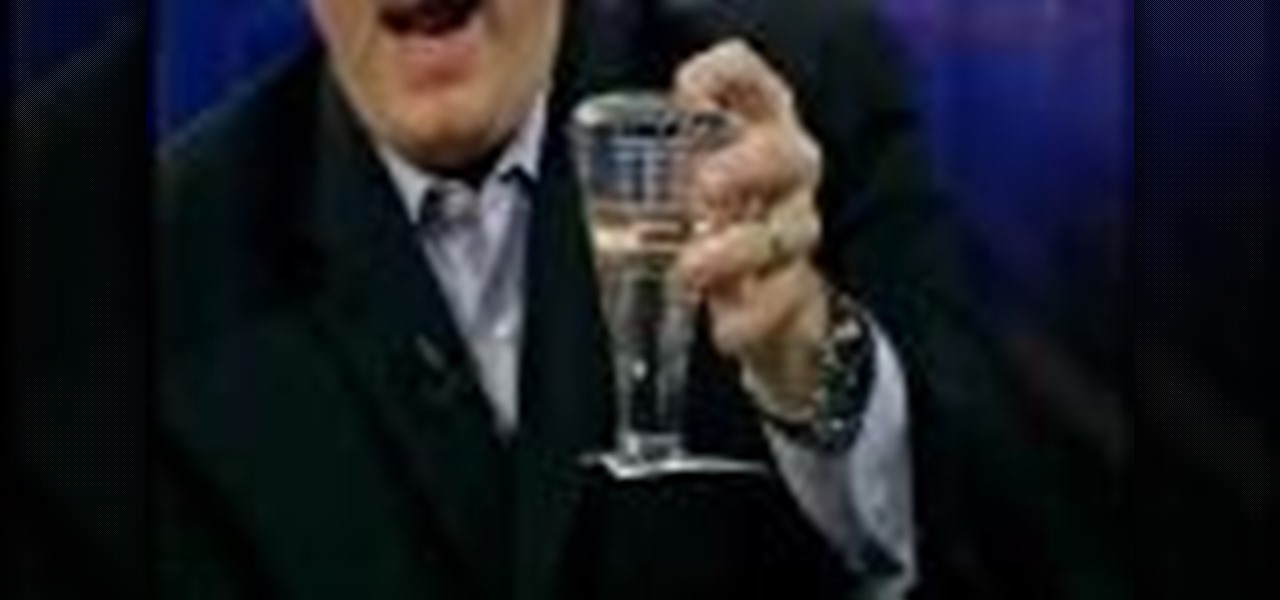
Check out this instructional science video to learn how to make a soda pop can implode. You will need a torch, a Bunsen burner, or stove; a soda pop can with a tiny amount of water in it; tongs, or something to hold the can; and a bowl of ice water. This is a cool science experiment to perform, but adult supervision recommended. Follow the tutorial video's simple instructions and watch the soda pop can implode.
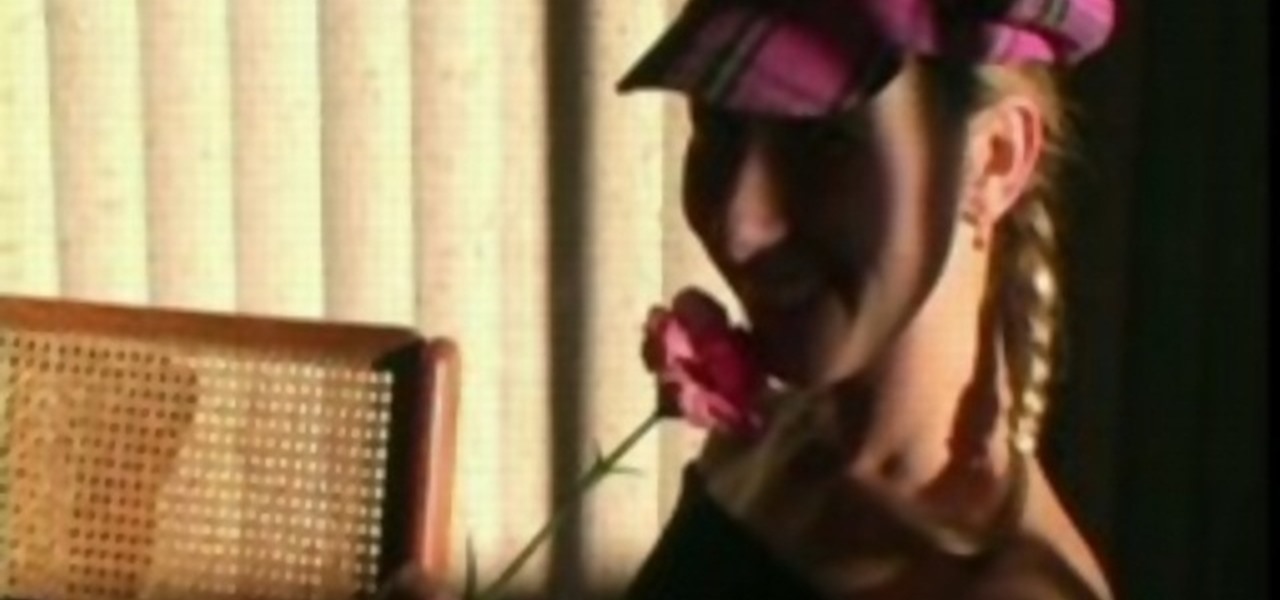
Check out this instructional science video to learn how to make a compass floating in glass of water. You will need a sewing needle, a standard refrigerator magnet, and a piece of toilet paper. Nestle the needle into the toilet paper and place it into a glass of water. The toilet paper will absorb the water and inevitably sink, but the needle will become an instant compass pointing north and south without fail. Have fun with this science experiment with the kids by playing with the magnet.
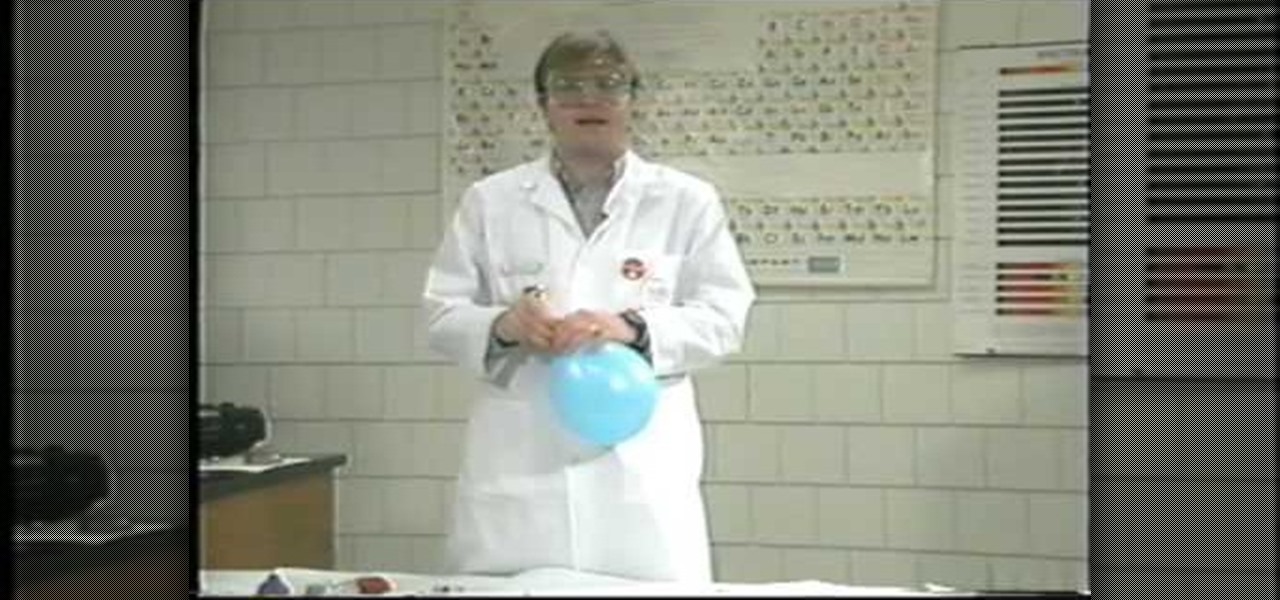
Lance Lund, a professor at Anoka-Ramsey Community College, was asked to prepare a promotional science video for the college back in 1995 that was to air on a local cable access channel. All went well until he inhaled some sulfur hexafluoride (SF6). The video never aired, but many more of you from around the world will be able to enjoy this right here.
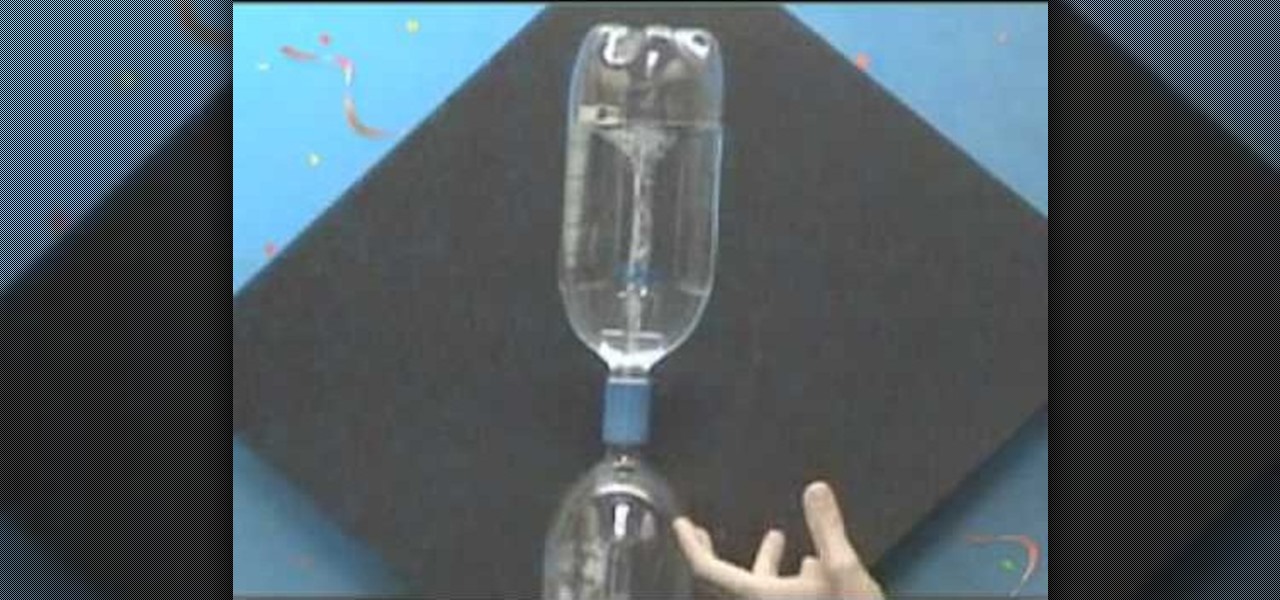
Ever wondered how a tornado works? Well, wonder no longer and watch this video tutorial for teachers and students alike. You will see how to create tornado demonstrations for use in the classroom or for fun.

This is a super cool way to learn some science while combating spring break or summer break boredom. This science video teaches you how to boil water at room temperature. Obviously this won't work in the normal conditions in which you boil water. But if you place the water in a vacuum, where the atmospheric vapor pressure is lowered, water can boil at a much lower temperature.
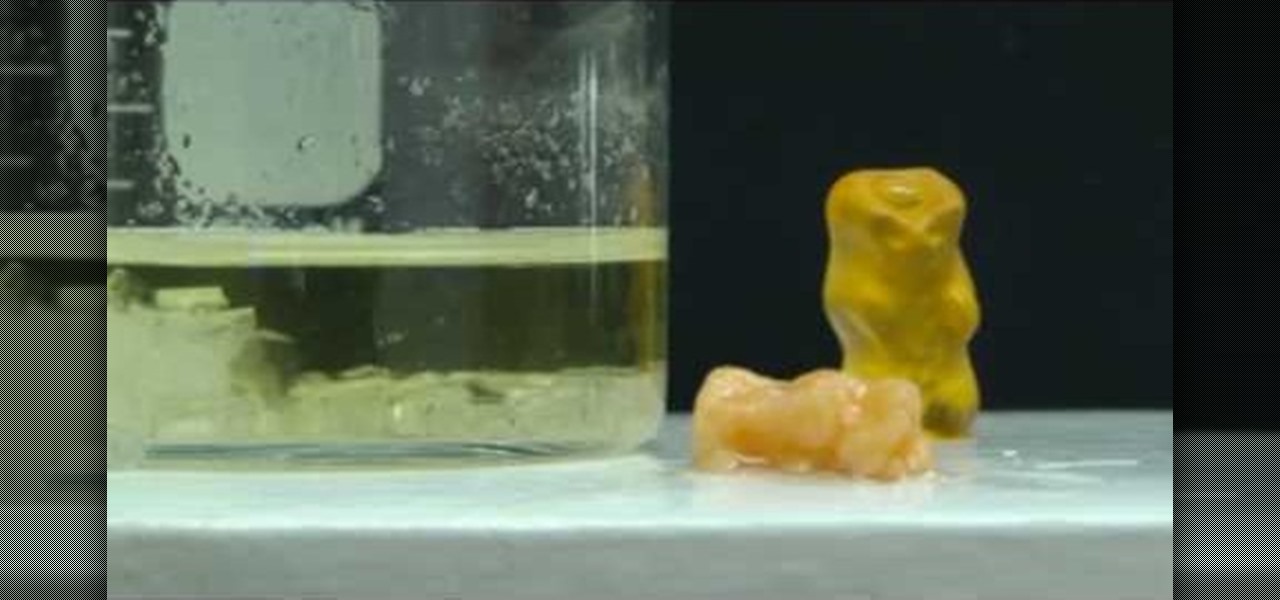
Gummi Bears are great for science experiments due to their gelatinous makeup. In this video you will learn how NOT to make a Gummi Bear conduct electricity, but in fact how to use them to demonstrate osmosis and crystallization by preparing them for conductivity.

If you ever had a cool high school chemistry teacher, they probably demonstrated for you how dry ice can freeze everyday objects. But oh, it can do so much more and freeze so many more interesting things. This video will show you some fun dry ice tricks you can do, from making water acidic to freezing pure alcohol to making tomatoes so hard you can smash them with a hammer.

In this home-science tutorial from WonderHowTo favorite Nurdrage, you'll learn how to create hydrochloric acid using 140 grams of sodium bisulfate, a pH lowering compound available in most pool stores, and 60 grams of sodium chloride salt and an external heat source. Watch for a full demonstration of the process and complete, step-by-step instructions.

Bubbles are usually soft, airy, safe things. Not when they're on fire they're not! This video will show you how to create burning bubbles using only condensed air dust remover, water, and soap. You may have seen this done in science class with gas from a Bunsen burner, but this requires much less elaborate equipment and can be done nearly anywhere! FIRE!

Watch this science video tutorial from Nurd Rage on how to lower electrical resistance with liquid nitrogen with Dr. Lithium.

Have you ever wanted to make your own lava lamp? If so, all you need are a few things from around the house:

Get out your scalpel and remove the skin of your cadaver, because you're going to learn how to dissect a human to see the superficial neck. This anatomy video tutorial will teach you how to cut away the platysma muscle, which is a muscle of facial expression. You can't beat science, and you can't beat looking at the superficial neck of a human corpse.

Though your kids will think this "rainbow" milk looks really cool and will instantly want to consume it, doing so may not be the best idea. That's because in order to create this rainbow milk you'll need to mix in color additives and very non-edible soap.

This video demonstrates the relationship between electricity and magnetism and shows how to construct an electromagnet using a 4 inch iron nail, 5 meters of copper wire and a 1.5 volt AA battery. Electromagnetism was discovered by the Danish scientist Oersted. Electromagnetism is the science behind electric motors, solenoids, speakers and electromagnets.

This video looks at some of the issues around constructing sundials. Included are step by step instructions for building a horizontal sundial and instructions for setting it up. This activity supports both science and math curriculums. A good project providing an opportunity to use protractors and rulers. The sundial example in this video is designed for use at latitudes close to 45 degrees north.

Unless you're a high-schooler building a nuclear fusion reactor, the hardest part of a science investigatory project often is coming up with a good idea. You want it to be cool yet feasible, novel but still useful.

Science fairs are some of the most creative moments during the elementary school period. Not only are you able to research a topic of interest, but you also have try to find various ways in which to showyour scientific results. In this case, you'll find out how to make an edible plant cell model for an easy science fair project of for biology class. It's easy to do and will surely attract the attention of your teacher and others. Enjoy!

Check out this instructional science video that teaches you about surface area. This is a NISE network demo training video for how to do a demonstration about surface area. By watching the step by step instructions outlined in this science tutorial video, you can learn all about surface area and the most effective method to killing germs.

Check out how to demonstrate the Kaye effect using shampoo and lanyard with this tutorial. On dribbling shampoo from a small height above a pool of the same shampoo below, every now and then liquid lanyards of shampoo leap forth in a behavior referred to as the Kaye effect. Such behavior is characteristic of a viscoelastic fluid. This is a great science experiment to do with your kids. Watch this how to video and you will be able to create the Kaye effect at home.

Check out this cool video where you will learn how to create the liquid rope coil effect. Honey is dribbled off the end of a chopstick into a pot below. As the falling stream stikes the pool of honey below, it turns itself into tight circular coils which rapidly begin to pile one on top of the other. A growing column of liquid coils of rope begin to emerge from above the surface of the honey in the pot in an effect referred to as the liquid rope-coil effect.

Playing with magnets can be a fun activity for many young children out there willing to learn about science. This tutorial gives those science hungry kids a cool little trick on how they can make their own electromagnet from scratch. The supplies are easy to get and will take only a few minutes to prepare. So sit back and find out what it takes. Enjoy!

The only thing slimier than Charlie Sheen's latest sex scandal is this super sticky and icky green slime, made with borax and some Elmer's Glue. Gain the sticky molasses of experience by checking out this science tutorial on how to whip up a batch of green goo.

Want to make your own electromagnet? It's easier than you'd think. It's so easy, in fact, that this video guide can present a complete and thorough overview of the entire magnet making process in just over two minutes. For complete instructions and a list of necessary materials, watch this free home science how-to.

Check out this highly educational science video tutorial on how to stand an egg on end during the spring equinox, but wait... does it have anything to do with the spring equinox... no, it doesn't, standing an egg upright has nothing to do with the first day of spring. A lot of eggs have little bumps on the bottom of the egg, so the bumps actually help support the chicken egg when standing upright.

Is it your life goal to direct and produce a science fiction saga so tremendous and fantastic that people will be saying, "George Lucas who?" after they witness it? Then you need to begin your journey to geek stardom by learning the basics.

In our personal experience, the hardest part about a science investigatory project is simply coming up with a good idea. And we suggest that for your investigatory project you find a topic that's both novel and useful.

Project 5 from Popular Science's 5 minute Projects with Craftsmen Tool is 'Integrated Circuit Cufflinks'.

While the concepts of molecule interaction, zero force and energy states might be a little beyond an elementary school science fair's scope, the basic idea of water's capabilities and naturally prepared access to animals and insects that rely on it as a habitat is certainly worth the time. Learn how to duplicate this natural phenomenon in this free video clip series with our expert Scott Thompson as he demonstrates the occurrence of water skin or skin tension, and shows you and your children ...

Ahh, it's a real pea souper! Well, it could be if you get your hands on some dry ice and check out these home science experiments. You can make some fun fog tricks if watch this how-to and follow along.

This is a great science project! For this, you will be able to make an air battery using zinc. You will also need a paper towel, some steel wool, and an electrolyte solution. An air battery can keep for decades as long as it's dry.

Know someone who's full of hot air? Grab them and make a heat motor with this cool home science experiment with Mr. G. When air is heated, it rises. This experiment uses that natural law to create a simple, spiraling heat 'motor'.

In this home-science how-to from Household Hacker, we learn how to create an exothermic reaction by combining sulfur with iron, producing iron sulfide in the process. For all of the details, including step-by-step instructions, as well as to see what happens when these two elements meet, watch this video guide.

In this Family video tutorial you will learn how to make a lava lamp as a cool science experiment for kids. For this project you will need food coloring, water, vegetable oil and antacid pills. Take a bottle and fill quarter of the bottle with water. Fill up the rest of the space with oil. The water and oil will remain separate. Now drop food coloring in to the bottle. Each color will behave differently. For example, green settles at the bottom, yellow stays in the middle, red dissolves right...

Learn how to make hydrogen with some household chemicals and items. This experiment is dangerous, so please exercise caution. You will use Liquid Plumr for this science experiment, and be warned, Liquid Plumber and hydrogen are dangerous, maybe not the aluminum foil, but the chemicals, definitely. Fill a balloon with it and watch it explode with a close match.

Learn how to make a self inflating, flying condom! We should you how to make an instant flying condom using a few household items. Fantastic and fun science experiment! You will need one condom, one bag of hydrogen peroxide and dishwasher limescale remover.

Ian uses round magnets, pencil, clay and glass slide to work his magic science experiment. Magentic levitation is said to be a solution for energy costs of trains because it cuts down friction and creates what is mythically regarded as a perpetual energy motor. This is an interesting toy model of how the maglev trains and large scale generators work

Not a trick or an illusion: this is real! A normal balloon is examined and blown up by a spectator and then a long needle is plunged through the balloon without popping it. Learn how to do this amazing feat of magical science. The balloon does not pop, even though the needle is really puncturing it!

Watch this instructional science video to learn how to create hydrogen from water, salt and electricity, for only a few dollars. This is an experiment that produces explosive gases, involves electricity and water and a number of risks so please be careful. Not an experiment to be performed by idiots. Create exploding water with this educational tutorial.

Check out this video tutorial on how to dissect the eye of a cow. If you like science, and you like animal anatomy, then why not go out and get your own cows eye for dissecting, and more importantly, learning? You'll see the cornea, the iris, the ciliary muscle, the eye tissue, and more.

Steve Spangler shows a science experiment in which a glass of water is able to suspend a card in mid air.








